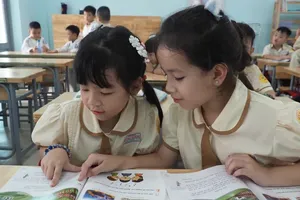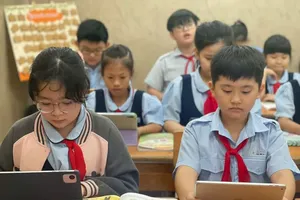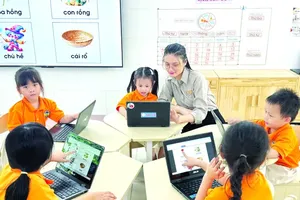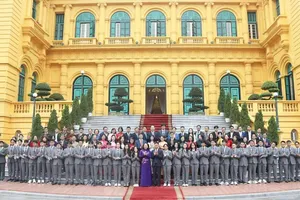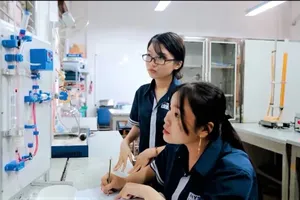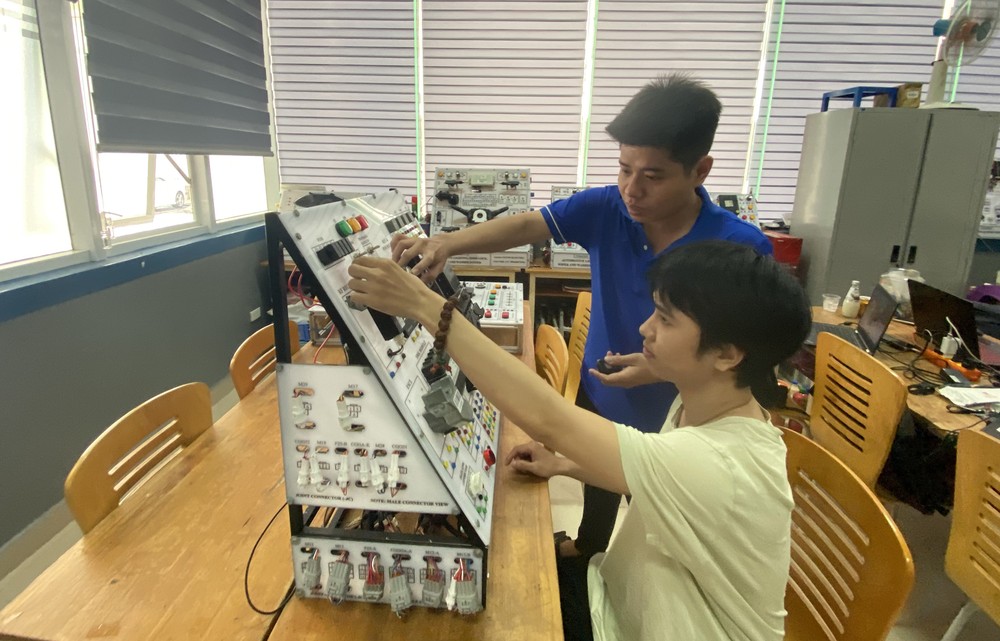
The current revenue source of autonomous higher educational institutions is largely contributed by learners (no less than 70 percent), but in fact, schools’ spending structure for student training is very low.
According to the latest survey of the Ministry of Education and Training, schools have mainly spent their expenditure on lecturers including salaries, wages, overtime, and allowances accounting for 73 percent while funding for teaching and learning facilities only accounts for 7 percent. Other funding sources for training activities account for 18 percent and employee income accounts for 2 percent.
With such a spending structure, it is easy to see that the current funding source of autonomous universities is borne by learners, but spending on enhancing teaching and learning conditions accounts for a low proportion, so the quality of teaching and learning is hard to improve.
Meanwhile, the annual salary fund increased by 13 percent, but the cost of hiring lecturers increased by 32 percent; therefore, it shows that the requirement to spend on salaries and wages for the apparatus and lecturers is increasing rapidly, putting pressure on revenue, while State budget resources are limited. That is one of the great difficulties and challenges for autonomous higher education institutions.
Schools’ basic spending levels must comply with State regulations which have limited their autonomy. On the other hand, lecturers’ salaries must still comply with the levels and positions prescribed by the State, while there is no source of income, or low source of income, so there is no source of payment for increased income.
Another paradox worth mentioning is that the budget allocation is not commensurate with the Party and State's policy on prioritizing investment in education. The total annual budget allocated to the education sector increases lower than the growth rate of other sectors and decreases significantly compared to the decrease rate of other sectors. For instance, in 2020, total budget expenditure increased by 7 percent but the budget allocated to the education sector only increased by 6.6 percent whilst in 2021, the total budget expenditure of the country decreased by 3.4 percent but the budget allocated to the education sector decreased by 4.7 percent.
The State budget basically only meets salaries and regular expenses, the source of expenditure for professional activities is low, the funding to enhance training quality is limited, and there is no longer a revenue-expenditure gap to increase the income of lecturers and administrators to promote innovation.
Every year, the State cuts regular expenditures by 5 percent-15 percent, so schools are facing difficulties. Revenues from educational service activities are mainly to offset the costs of generating revenue sources, so there is not much money to supplement funds for the development of public service activities including facility renovation and equipment purchase.
The Ministry of Education and Training announced that there have been still some special problems such as over-collection, collection of revenues outside the prescribed regime, spending on incorrect sources, and spending on teaching overtime not in accordance with regulations although schools are asked to transparently publicize all information while implementing autonomy.
During the pilot autonomy phase, after 1-2 years of implementation, some schools such as Ho Chi Minh City University of Law and HCMC University of Technology and Education were found to have committed violations in tuition fee collection, enrollment, training cooperation, and staff recruitment.
In October 2023, many officials and lecturers of a large university in Ho Chi Minh City that has been autonomous under the pilot model since 2008 denounced violations by school leaders. According to the denouncement, the school vice principal allowed two persons to use their personal accounts to collect money from students in the dormitory from VND550,000-VND940,000 each student.
Moreover, from 2018 to 2023, the school cooperated with a foreign university to organize exam preparation and foreign language certification exams for more than 1,000 students with a tuition fee of VND12.5 million a student for each course but this amount of tuition fees was not submitted to the school's financial planning department; as a result, nearly VND12.5 billion was lost. The case has now been handled, the lost money was recovered to support tuition and scholarships for students.
According to a recent survey by the World Bank on the financing of Vietnamese higher education, household contributions to higher education have increased steadily over time. Moreover, students’ tuition fees are now the most important source of revenue for public schools.
The 2021 survey of public higher education institutions shows that household contributions have increased from 55 percent to 77 percent and the State budget has decreased to only 9 percent. This rings the alarm bell about the lack of sustainability in higher education institutions’ finances. The financial burden as well as the risk of being left behind is becoming more and more apparent for students from low-income families.
Currently, students can only enjoy the credit program managed by the Vietnam Bank for Social Policies but the process and procedures are cumbersome and complicated and the loan value is only limited to enough or nearly enough to cover basic tuition fees, leading to increasingly low coverage. There has been a gradual decrease in the number of students and loan beneficiaries from 2.4 million students in 2011 to 725,000 students in 2017 and only 37,000 students in 2021.
